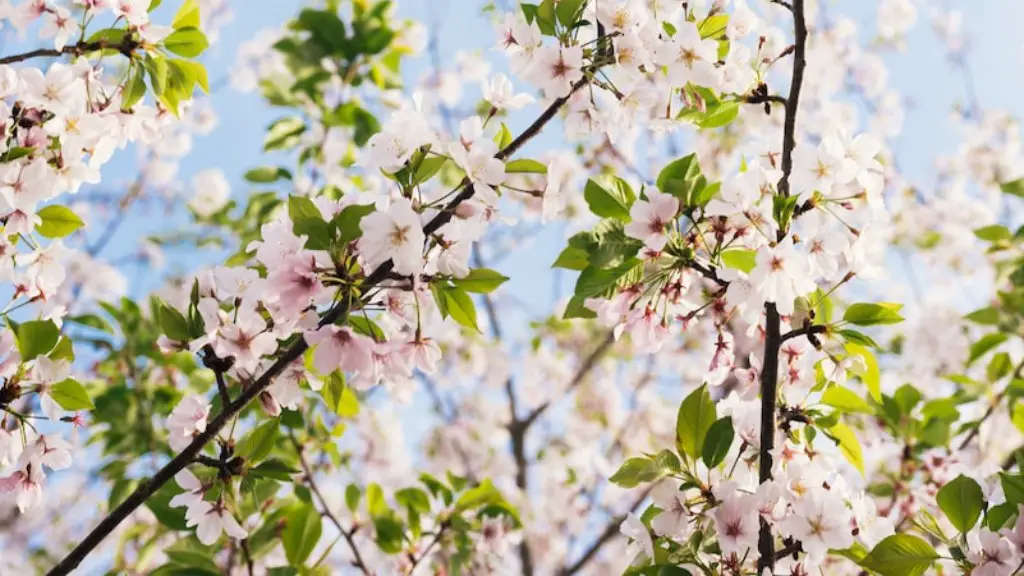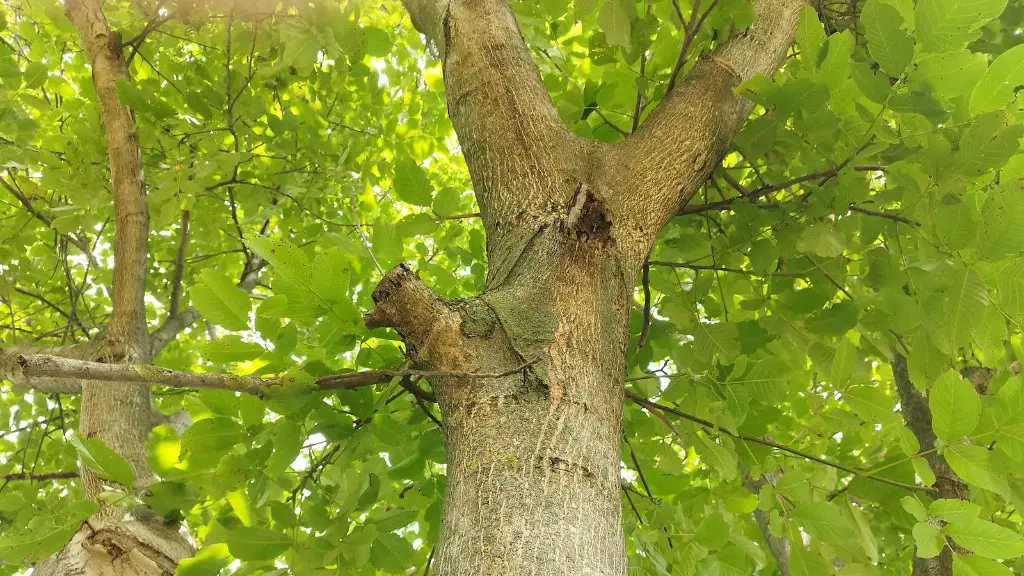What Could Be Causing My Avocado Tree to Lose Its Leaves?
When it comes to avocado trees, there are various reasons why the leaves may fall off. With proper care and attention, you can identify the root cause of why your avocado tree is losing its leaves and take action to provide it with the best possible conditions. By getting to the root of the problem and providing an adequate solution, you will be able to keep your tree healthy and attractive.
However, it can be a tricky business when it comes to figuring out why your tree may be losing its leaves. Avocado tree health can be affected by many different factors, and it can be difficult to separate the causes from each other. This is why it’s important to take a close look at the tree, its environment, and any potential problems in order to come to a conclusion.
Determining Environmental Factors: Heat, Cold, Wind and Irrigation
The first step in determining why your avocado tree is losing its leaves is to examine the environment in which it resides. Environmental factors like extreme temperatures, high winds, dry soil, and over-irrigation can all be significant contributors. Avocado trees are particularly sensitive to heat, often suffering from leaf drop if subjected to temperatures above 90 degrees Fahrenheit.
Cold temperatures can also be an issue, as most avocado trees are not tolerant of temperatures below 55 degrees Fahrenheit. Any temperature below this threshold can cause leaf drop as the tree struggles to adapt and protect itself from the cold.
Strong winds can also be a factor, particularly if the tree is exposed to a wind tunnel of gusts for extended periods of time. The wind can suck the moisture out of the leaves, causing leaf drop. Additionally, over-irrigation can stress the tree and cause the leaves to fall off.
Checking For Insect Infestations & Deficiencies
A second step to take when diagnosing why your avocado tree is losing its leaves is to inspect for any potential insect infestations. In particular, aphids and whiteflies can be troublesome for avocado trees. These pests will attack the leaves, resulting in yellowish speckles that can eventually lead to leaf drop.
Nutrient deficiencies can also cause the leaves to fall off and become discolored. Without enough nitrogen, magnesium, and zinc, the tree will have difficulty developing and maintaining new leaves. Therefore, testing the soil and judiciously fertilizing can be very helpful if this is the case.
Examining For Physiological Disorders
Along with environmental factors, there are a number of physiological disorders that can cause an avocado tree to lose its leaves. Excessive pruning can damage the tree, which can lead to excess leaf shedding. Similarly, physiological disorders like root rot and crown rot can prevent a tree from taking up enough nutrients and can cause damage to the roots or crown, again leading to leaf loss.
Additionally, mechanical damage in the form of improper handling or the use of weed-killers near the tree can cause leaf drop. If your avocado tree has been exposed to any of these sources of damage, it is important to address the issue immediately in order to prevent any further leaf drop.
Necessary Corrective Measures
Overall, most leaf problems with avocado trees can be addressed by taking corrective action. This includes providing the tree with enough water, shade, and fertilizer. If the tree is exposed to too much heat, shade the tree with a canopy or cloth. Consider also taking the tree out of the wind tunnel and planting it in a sheltered area.
Additionally, inspect for any insect infestations and take the necessary steps to treat them. Additionally, if root rot or crown rot is the underlying cause, it is essential to treat the tree immediately with the right fungicide or bacterial resistant. Finally, be sure to prune the tree correctly, as this will help reduce the load on the tree and help it grow healthily and vigorously.
Pruning and Watering
If your avocado tree is suffering from leaf loss, then it is essential to prune it correctly. This means opting for judicious pruning, removing any dead or damaged wood and redirecting new growth away from the trunk. Regularly pruning your tree in this manner will help reduce the burden on the tree and make sure that it remains healthy and vigorous.
Moreover, it is also important to water your tree correctly. Avocado trees should not be over-watered, because this can lead to stress and promote the development of root and crown rot. Instead, opt for infrequent deep watering that penetrates to the roots. To ensure the best results, use a soil moisture sensor to measure the soil’s moisture content and ensure that you water accordingly.
Fertilising Wisely
Finally, fertilizing your avocado tree correctly is also important in ensuring that it grows healthily and vigorously. If your avocado tree is showing signs of nutrient deficiencies, then it is recommended to use an organic slow-release fertilizer that is specifically formulated for avocado trees. Doing so will help replenish the soil with the essential nutrients and minerals that the tree needs to grow healthy and maintain its foliage.
When it comes to fertilizing, it is essential to follow the instructions on the fertilizer packaging, as this will tell you how much to apply and when to apply it for the best results. Additionally, applying mulch to your tree’s root zone helps to protect the soil from drying out and to keep the roots cool.
Healthy Habits for Your Avocado Tree
When it comes to keeping your avocado tree healthy and protecting it from leaf loss, it is important to observe some basic steps. These involve doing an environmental assessment of your tree, checking for insect infestations, and assessing for physiological disorders, as well as pruning, watering and fertilizing your tree correctly. All of these steps, taken together, will help ensure that your tree stays healthy and continues to grow beautiful foliage.
Creating A Happy Environment
In addition to the technically correct steps outlined above, it is also important to create the correct environment for your avocado tree. This means eliciting the right balance of sunshine and shade, as well as providing a wind-free atmosphere. Taking such measures will enable your tree to not just survive, but thrive, and will help to prevent further issues with leaf loss.
Making Use Of Effective Treatments
Finally, it is also important to consider effective measures for dealing with any of the underlying issues that may be causing your tree to lose its leaves. If insect infestations are the issue, then use the right treatments and products to solve the issue. If it is a matter of disease or physiological disorders, then a fungicide or soil amendment might be in order. The key is to ascertain the cause and address it accordingly.
Conclusion
When it comes to diagnosing why your avocado tree is losing its leaves, it is important to take a close look at the tree and its environment. Assessing the environment and investigating for any insect infestations, nutrient deficiencies or physiological disorders is an essential first step. Additionally, providing the tree with enough water, shade, and fertilizer, as well as using the right treatments, will help to keep your tree healthy and protect it from leaf loss. All of these steps, taken together, will ensure that your avocado tree stays healthy and continues to grow beautiful foliage.


